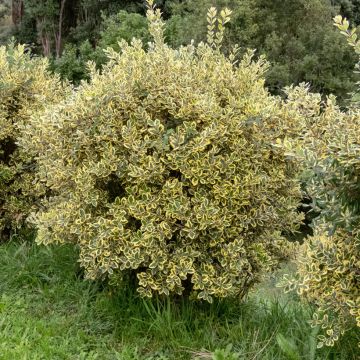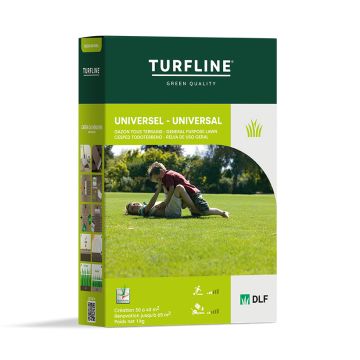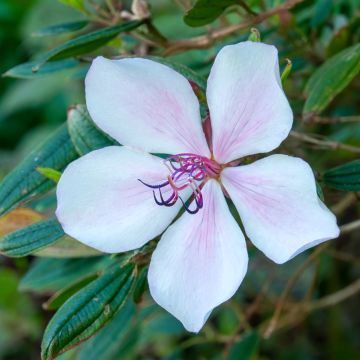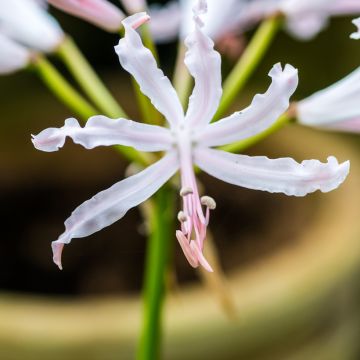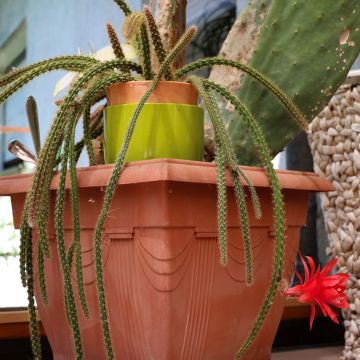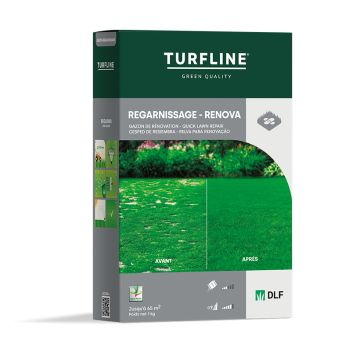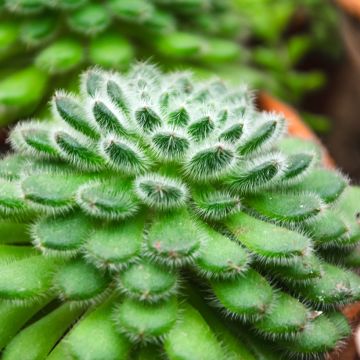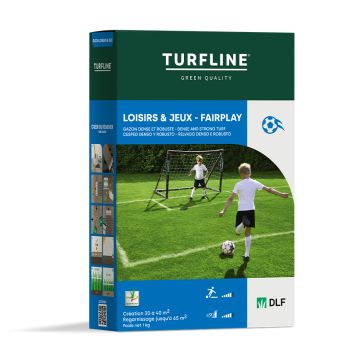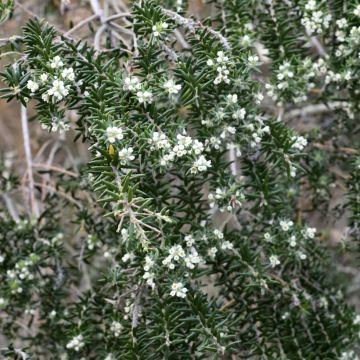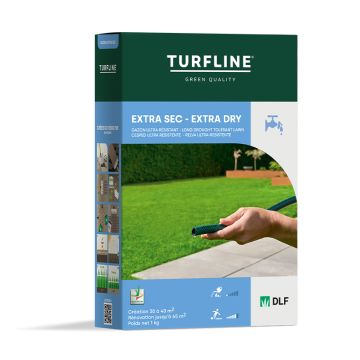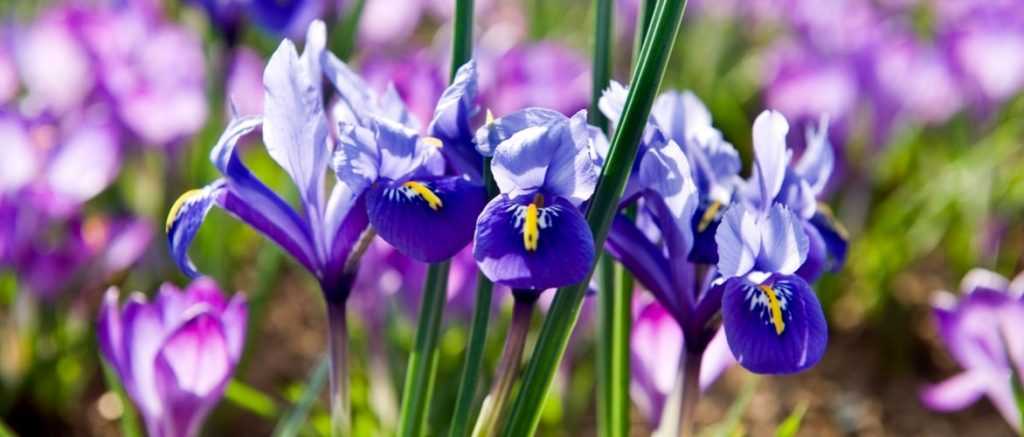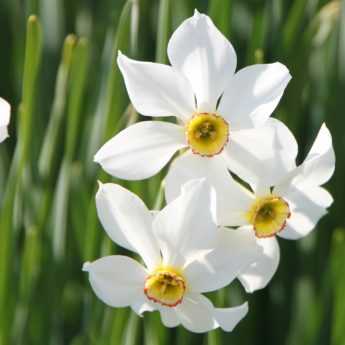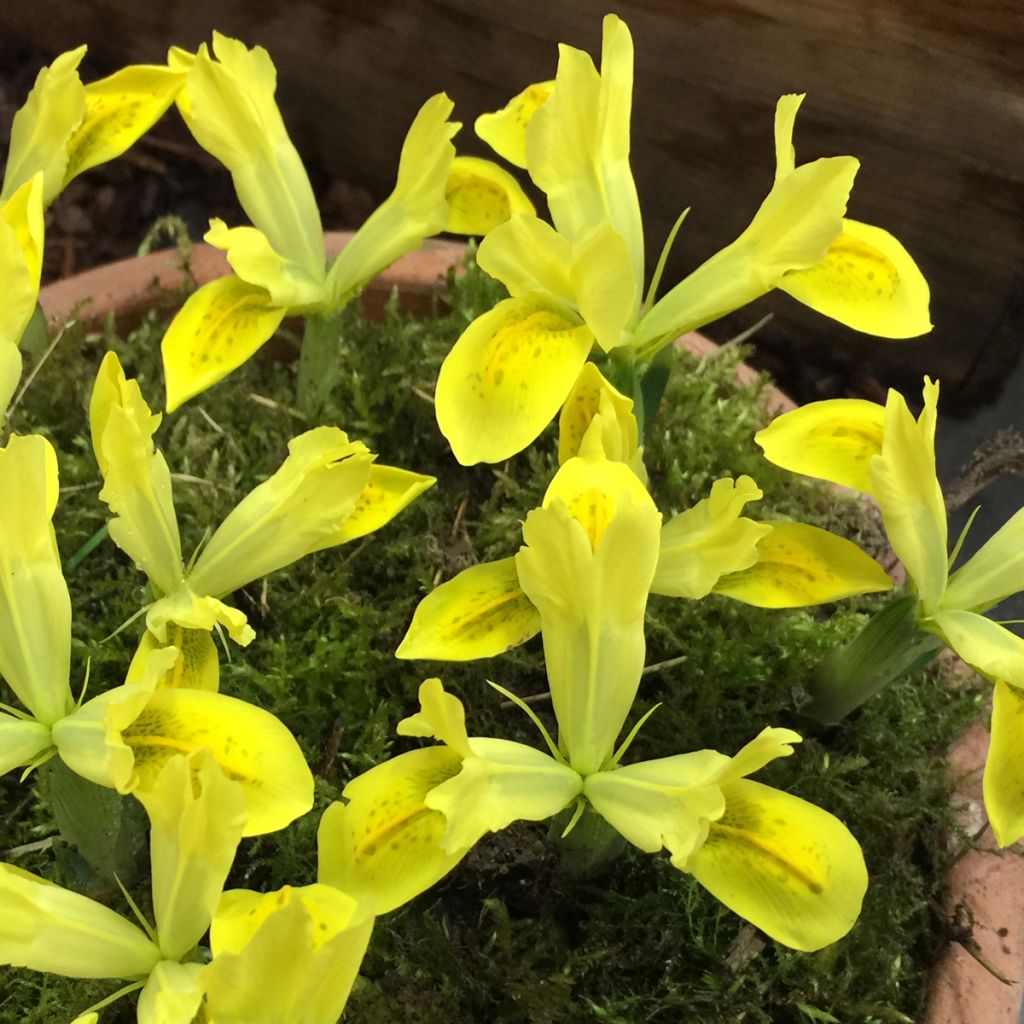

Iris reticulata Sunshine - Iris réticulé
Iris reticulata Sunshine
Iris reticulata Sunshine
Netted Iris, Dwarf Iris
Why not try an alternative variety in stock?
View all →This plant carries a 6 months recovery warranty
More information
We guarantee the quality of our plants for a full growing cycle, and will replace at our expense any plant that fails to recover under normal climatic and planting conditions.
From €7.90 for pickup delivery and €6.90 for home delivery
Express home delivery from €8.90.

Does this plant fit my garden?
Set up your Plantfit profile →
Description
The Iris reticulata 'Sunshine', like a radiant sun, heralds the return of spring. While snowdrops fall asleep, this reticulated iris unfurls its beautiful-sized flowers for such a small plant. Adorned with delicate lines, they display two shades of yellow and are slightly and pleasantly fragrant. Defying the last harshness of winter, this small, sturdy bulbous plant is perfectly hardy and adapts well to sunny flower beds, rockeries, or containers. It appreciates the sun and well-drained soil, which should be cool in winter and dry in summer.
The Iris reticulata is a perennial plant from the family of irises, native to the mountains of the Caucasus, Turkey, Iran, and Iraq. This iris is very hardy (up to -34°C (-29.2°F)) and easy to grow. 'Sunshine', from which it originates, is a recent Canadian creation with complex parentage. The plant grows from a storage organ, which is an elongated bulb 2 to 3 cm (1in) tall, covered with a white epidermis. It blooms from late February or March, depending on the climate, before the foliage appears, making it precious in the garden. The flowers, 8 to 10 cm (3 to 4in) wide, are carried by stems about 12 cm (5in) tall. They are large compared to the size of the plant and seem to emerge directly from the ground. They consist of 3 upright inner tepals in pale yellow, dominating 3 more horizontal outer tepals in a solid golden yellow. They are slightly fragrant. The foliage develops when the flowers fade, forming a clump of narrow, stiff, and pointed leaves, up to 20 cm (8in) tall. It is at this time that the bulb divides into several bulblets, allowing the plant to colonize its environment.
The Iris reticulata Sunshine can be cultivated in containers as well as in sunny flower beds or rockeries. Its only requirements are well-drained soil and a sunny location. It can be paired with other early-flowering small bulbs, such as snowdrops, spring crocuses, or early-flowering botanical tulips. It also blends well with hellebores. Plant them in groups of 15 bulbs to quickly create beautiful splashes of colour in early spring. It adapts perfectly to mountainous and Mediterranean climates.
Iris reticulata Sunshine in pictures
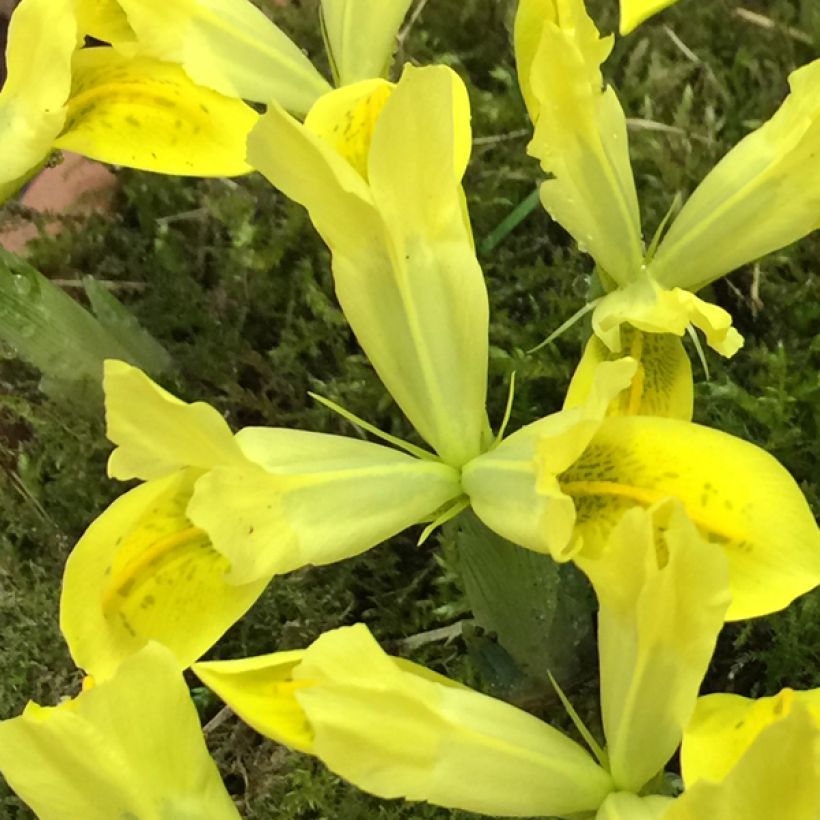

Plant habit
Flowering
Foliage
Botanical data
Iris
reticulata
Sunshine
Iridaceae
Netted Iris, Dwarf Iris
Cultivar or hybrid
Planting and care
Plant the bulbs in September-October, in a sunny location, in well-drained soil, 10 cm (4in) deep and preferably in groups, spaced 8 cm (3in) apart. Cut the faded flowers at their base, taking care to leave the stem. Continue to water the plants at their base. Once the foliage has turned yellow, remove it and leave the bulbs in place for them to flower again the following year. After flowering, water three times with liquid fertilizer at one-month intervals. Leave the bulbs in place for several years.
Planting period
Intended location
Care
Planting & care advice
-
, onOrder confirmed
Reply from on Promesse de fleurs
Haven't found what you were looking for?
Hardiness is the lowest winter temperature a plant can endure without suffering serious damage or even dying. However, hardiness is affected by location (a sheltered area, such as a patio), protection (winter cover) and soil type (hardiness is improved by well-drained soil).

Photo Sharing Terms & Conditions
In order to encourage gardeners to interact and share their experiences, Promesse de fleurs offers various media enabling content to be uploaded onto its Site - in particular via the ‘Photo sharing’ module.
The User agrees to refrain from:
- Posting any content that is illegal, prejudicial, insulting, racist, inciteful to hatred, revisionist, contrary to public decency, that infringes on privacy or on the privacy rights of third parties, in particular the publicity rights of persons and goods, intellectual property rights, or the right to privacy.
- Submitting content on behalf of a third party;
- Impersonate the identity of a third party and/or publish any personal information about a third party;
In general, the User undertakes to refrain from any unethical behaviour.
All Content (in particular text, comments, files, images, photos, videos, creative works, etc.), which may be subject to property or intellectual property rights, image or other private rights, shall remain the property of the User, subject to the limited rights granted by the terms of the licence granted by Promesse de fleurs as stated below. Users are at liberty to publish or not to publish such Content on the Site, notably via the ‘Photo Sharing’ facility, and accept that this Content shall be made public and freely accessible, notably on the Internet.
Users further acknowledge, undertake to have ,and guarantee that they hold all necessary rights and permissions to publish such material on the Site, in particular with regard to the legislation in force pertaining to any privacy, property, intellectual property, image, or contractual rights, or rights of any other nature. By publishing such Content on the Site, Users acknowledge accepting full liability as publishers of the Content within the meaning of the law, and grant Promesse de fleurs, free of charge, an inclusive, worldwide licence for the said Content for the entire duration of its publication, including all reproduction, representation, up/downloading, displaying, performing, transmission, and storage rights.
Users also grant permission for their name to be linked to the Content and accept that this link may not always be made available.
By engaging in posting material, Users consent to their Content becoming automatically accessible on the Internet, in particular on other sites and/or blogs and/or web pages of the Promesse de fleurs site, including in particular social pages and the Promesse de fleurs catalogue.
Users may secure the removal of entrusted content free of charge by issuing a simple request via our contact form.

































